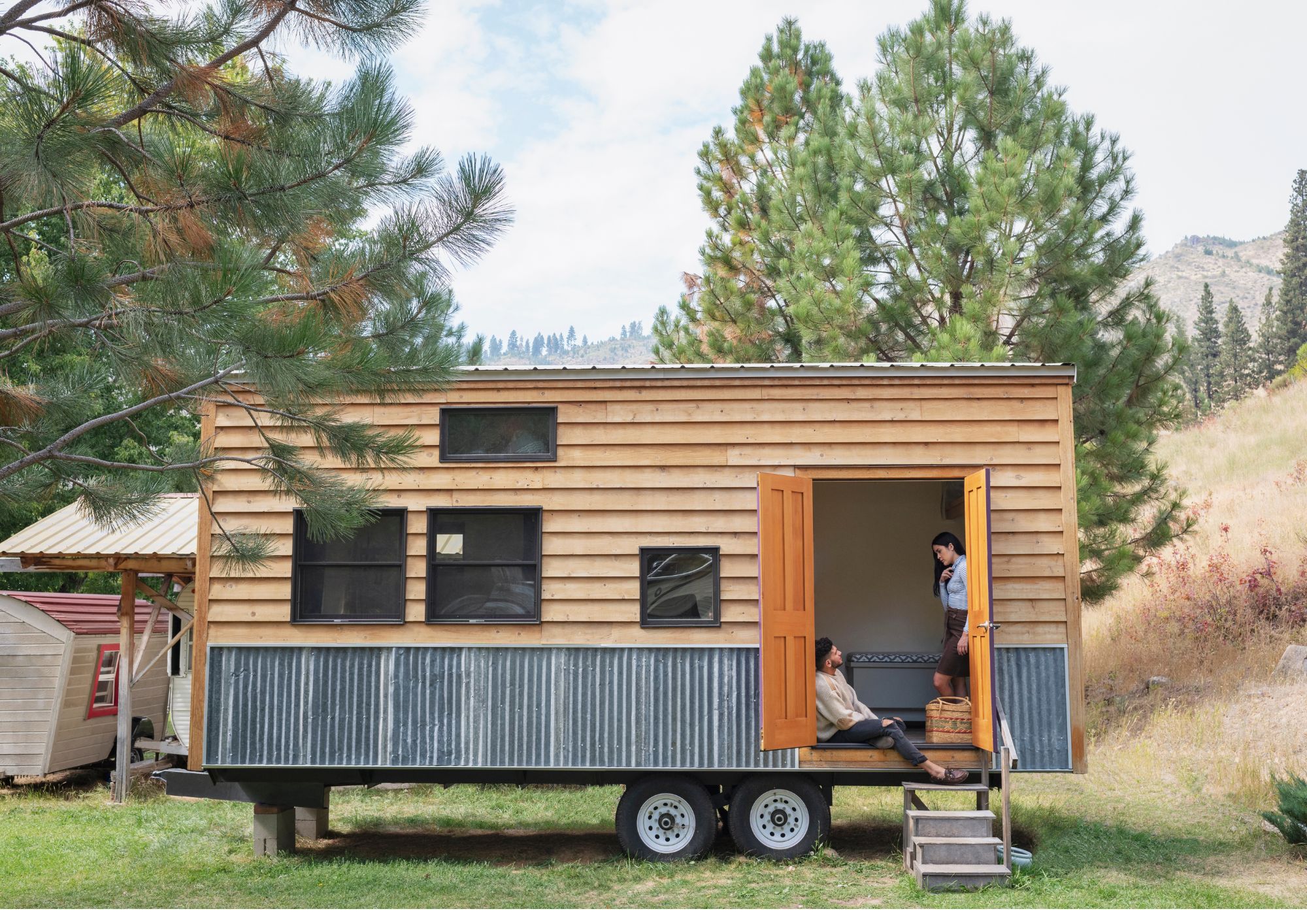Amid a growing awareness of environmental impact and sustainability, the spotlight turns to Eco-Friendly Tiny Houses, where small dimensions translate into a significant environmental impact. Ranging from 100 to 400 square feet, these homes are more than just downsized; they represent a powerful commitment to sustainability. Efficiency takes center stage, utilizing recycled materials and energy-saving technologies to maximize every inch of space. Many of these homes operate independently, embracing solar panels, composting toilets, and rainwater collection for a lifestyle that’s not just off-the-grid but actively contributing to a greener future. The design philosophy revolves around reusing materials like reclaimed wood and recycled glass, showcasing a commitment to sustainable practices. It’s about smart living spaces that capture natural light and minimize energy consumption, proving that living small can indeed be smart.
Beyond the four walls, these tiny homes champion a smaller carbon footprint, encouraging mindful living practices, and often coexisting in communities that share both space and a collective responsibility for the environment. Challenges, such as zoning rules, are met with innovative solutions, creating a community that learns and grows together. Living in a tiny eco-friendly house isn’t just about being green; it’s about finding happiness in having less, feeling connected to nature, and making a positive impact on the planet. As the world rallies towards environmental conservation, these tiny homes are at the forefront, showcasing that living small isn’t merely a trend; it’s a conscious choice for a better, greener world. These small homes, comparable to essential tools in the housing sector, highlight that even the smallest residences can have a significant impact on the environment. Whether you’re drawn to green living or simply intrigued by the concept of tiny homes, these small wonders remind us that sustainable living begins right at our front doors.


